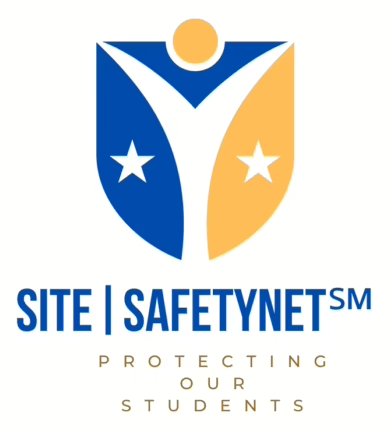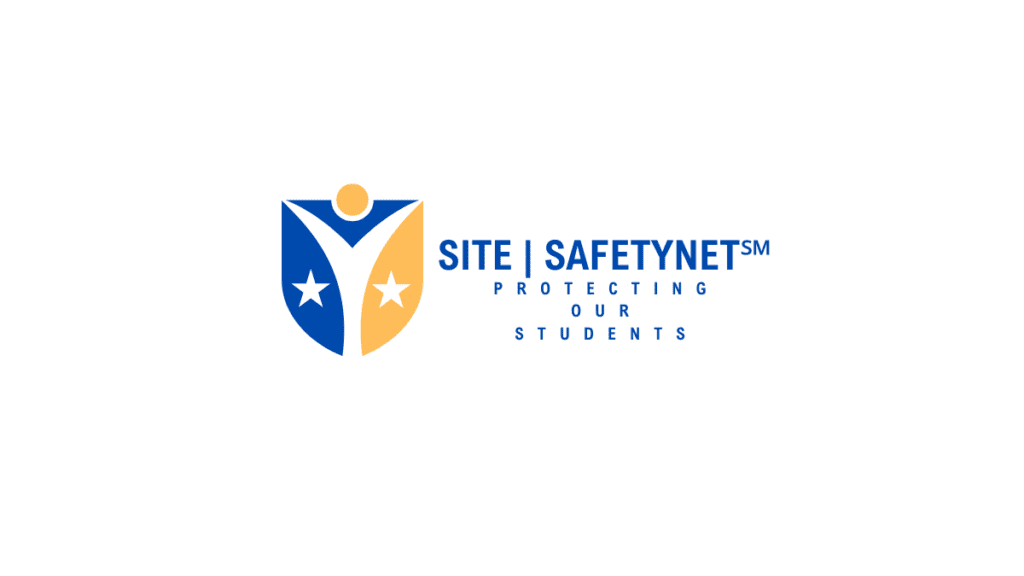By Robert Jordan
Civilian #activeshooter training has primarily centered around the Run Hide Fight strategy developed by the Houston Police Department nearly 15 years ago. While this method prepares individuals for an active attack, it often overlooks some essential and common-sense concepts that could further enhance safety, such as critical concepts potentially missing from civilian training. In addition to Behavioral Threat Management Teams, enhanced physical security, new technologies, and increased security/police presence, here are several critical concepts that should be incorporated into civilian active shooter training:
-
Trust Your Intuition
Trusting your instincts is vital to personal safety but seldom emphasized in active shooter training. Whether it’s identifying a suspicious person or deciding on the best course of action once an incident begins, intuition plays a crucial role. Dr. Emma Seppälä, Ph.D., highlights the importance of intuition, backed by research, and offers ways to strengthen it.
-
Develop Physical and Mental Toughness
Physical fitness can significantly impact one’s ability to survive an active shooter situation. Being in good shape can help you handle the physical demands of escaping danger, such as running up or down multiple flights of stairs. Mental toughness is equally essential. Training should include stress reduction techniques and exercises that build resilience and “grit.” Breathing exercises, mindfulness activities, and meditation can provide additional protection during an incident. Practicing “wargaming” scenarios can enhance mental preparedness by simulating various emergencies.
-
Learn Self-Defense
While self-defense classes build valuable skills and confidence, they require time and dedication to master. Organizations should consider offering self-defense training or providing information on effective martial arts styles in an active shooter situation. This builds physical and mental toughness and prepares individuals to protect themselves if necessary.
-
Enhance Situational Awareness
Situational awareness involves understanding your environment and recognizing anomalies that could indicate potential danger. Patrick Van Horne, founder and CEO of the CP Journal and a former Marine Corps Officer, describes this as “left of bang”—actions you can take before an incident occurs to mitigate its effects. Training should teach individuals to identify and react to unusual behavior or suspicious activities, potentially preventing an attack before it happens.
-
Understand the Role of Weapons
The topic of weapons in active shooter training is controversial and may require executive approval. However, it is worth discussing. Training should address the complexities of carrying a lethal or non-lethal weapon, such as pepper spray. Key questions include: Are you willing to use a gun to defend yourself? Do you understand the legal ramifications? Have you been adequately trained? While carrying a weapon is personal, individuals should be fully informed about the responsibilities and consequences. #gunsense
Conclusion
Run Hide Fight remains a valuable strategy for civilian active shooter preparedness, providing life-saving options and raising awareness. However, supplementing this training with discussions on intuition, physical and mental toughness, self-defense, situational awareness, and the role of weapons can create a more comprehensive and practical approach to active shooter preparedness. Addressing these additional concepts can enhance overall safety and better prepare for potential threats. #massshooting
Note: This article focuses on civilian active shooter preparedness and is separate from K-12 school safety protocols. Please refer to specialized training programs for school-specific safety strategies for educational environments. #schoolsafety
About SITE|SAFETYNET℠
SITE|SAFETYNET℠ offers a real-time, cloud-based school safety assessment platform for K-12 schools. Our proprietary 60-Point Safety Zone Assessment, Dynamic Safety Score (DSS), and Automated Safety Reports (ASR) provide continuous safety assessments and real-time insights to enhance school safety. Learn more at sitesafetynet.org.
For more information and resources, visit our Overview Video [1min]
Site|SafetyNet℠ Reflects on the Uvalde Incident: Lessons in Community Safety and Preparedness

